



Services


Meniscal Repair
I firmly believe in the power of nature and the natural laws of the body. I offer a unique approach to creating a complete and personalized path to wellness.
Joint Replacements- Hip, Knee and Shoulder
Joint replacement surgeries are advanced orthopedic procedures designed to relieve pain, restore mobility, and improve quality of life in patients suffering from severe joint damage due to arthritis, trauma, or degenerative conditions. With extensive training and experience in complex joint replacements, Dr. Rohit V specializes in knee, hip, and shoulder replacements, offering patients state-of-the-art surgical care tailored to their needs.
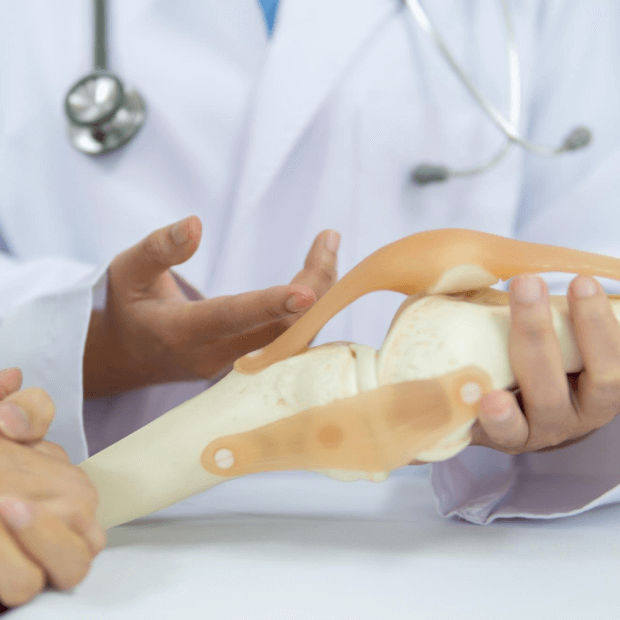
Meniscal Repair
The meniscus plays a critical role in knee biomechanics, load distribution, and joint preservation. Preserving the meniscus whenever possible is now the gold standard in modern sports orthopedics.
Dr. Rohit has extensive experience in arthroscopic meniscal repair, performing the full spectrum of advanced techniques, including:
- All-Inside Repairs – minimally invasive fixation with modern devices for accessible tear patterns.
- Inside-Out Repairs – the gold standard for robust fixation of mid-body tears.
- Outside-In Repairs – particularly useful for anterior horn tears.
- Meniscal Root Repair – restoring meniscal function in posterior root avulsions to prevent rapid joint degeneration.
His surgical philosophy emphasizes meniscal preservation over excision, aiming to maximize joint longevity, especially in young and active patients.
When Is Meniscal Repair Recommended?
- Tears located in vascular zones (outer third), which are capable of healing
- Younger, active individuals with minimal cartilage damage
- Tears that occur alongside an ACL injury, allowing concurrent repair with improved outcomes
- Cases where long-term joint preservation is a priority over quicker symptom relief
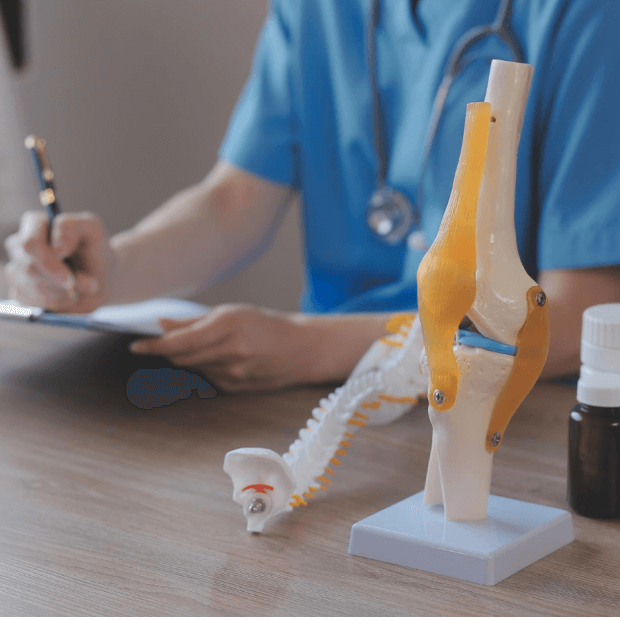

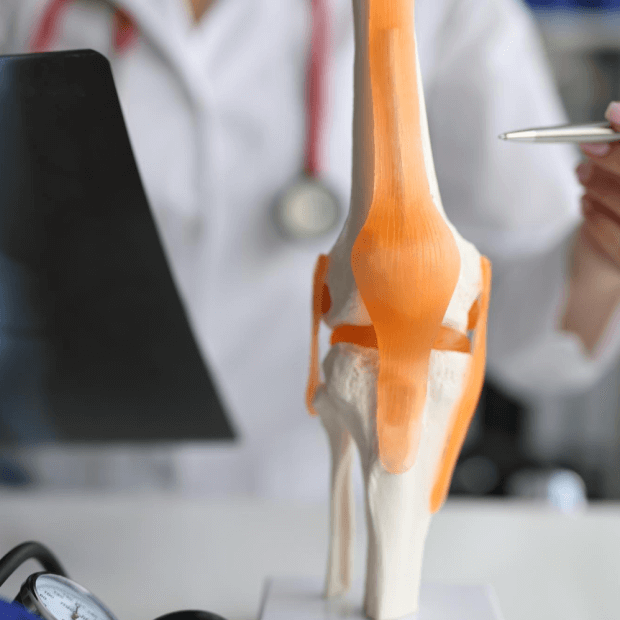
Benefits Over Meniscectomy
- Enhanced Long-Term Knee Health
- Superior Sustained Outcomes
- Better Functional Results
- Joint Preservation Approach
- Favorable Results with ACL Reconstruction
More Services
All-Inside Meniscal Repair
All-inside repair is a minimally invasive meniscus-preserving technique where the torn meniscus is sutured using specialized implants and instruments, all performed within the joint through arthroscopy. Unlike traditional inside-out or outside-in methods, this technique avoids accessory incisions, reducing surgical trauma and postoperative discomfort.
This approach is particularly effective for posterior horn and mid-body meniscal tears, especially those located in the vascular “red-red” or “red-white” zones, where healing potential is higher. Advances in bioabsorbable anchors and suture-based devices have made this technique safer and more reliable, ensuring secure fixation without compromising surrounding structures.
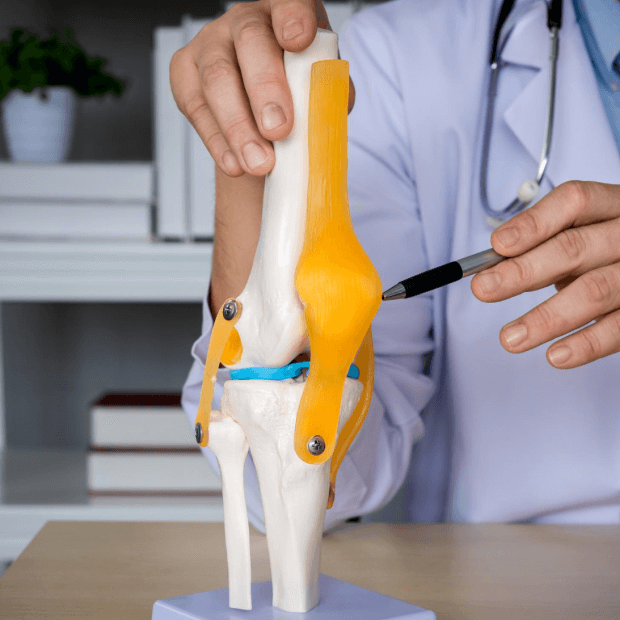
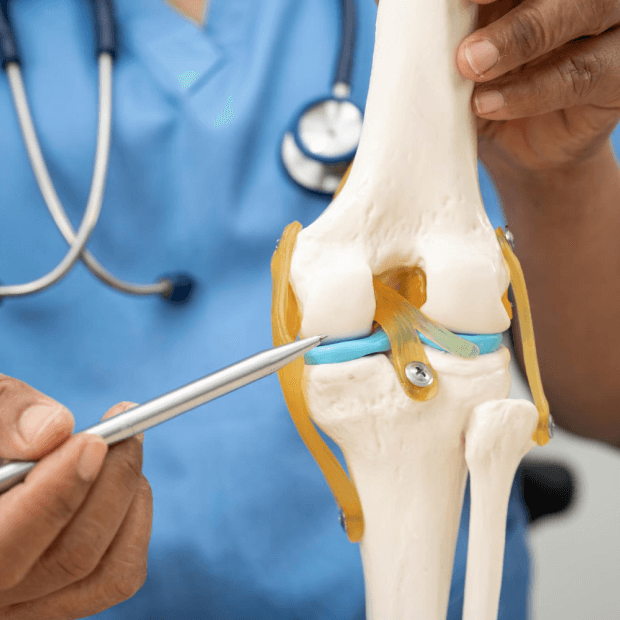
Outside-In Meniscal Repair
Outside-in repair is a reliable arthroscopic technique primarily used for anterior horn and mid-body meniscus tears, where other approaches may be less effective. In this method, needles or cannulas are passed from outside the joint capsule into the meniscus, allowing sutures to be tied securely over the capsule.
Key advantages include:
Versatility – suitable for both longitudinal and radial tears in the anterior and mid-body regions.
Reduced risk of neurovascular complications – as critical structures are avoided compared to inside-out techniques.
Minimally invasive – avoids the need for larger incisions, thereby reducing surgical trauma and postoperative discomfort.
Inside-Out Meniscal Repair
Inside-out repair is considered the gold standard technique for repairing meniscal tears, particularly those involving the posterior horn and mid-body regions. In this method, sutures are placed arthroscopically from within the joint and passed out through the capsule, where they are tied over the outer surface under direct vision. This allows for secure fixation and precise suture placement.
Advantages of Inside-Out Repair:
Strong, reliable fixation – offers the most secure stitch construct compared to other techniques.
Versatility – can address complex, large, and posterior horn tears that are difficult to access with all-inside or outside-in methods.
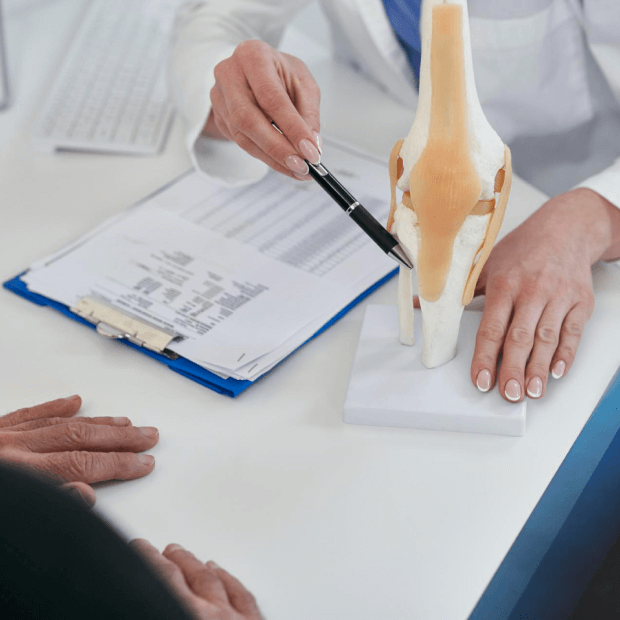

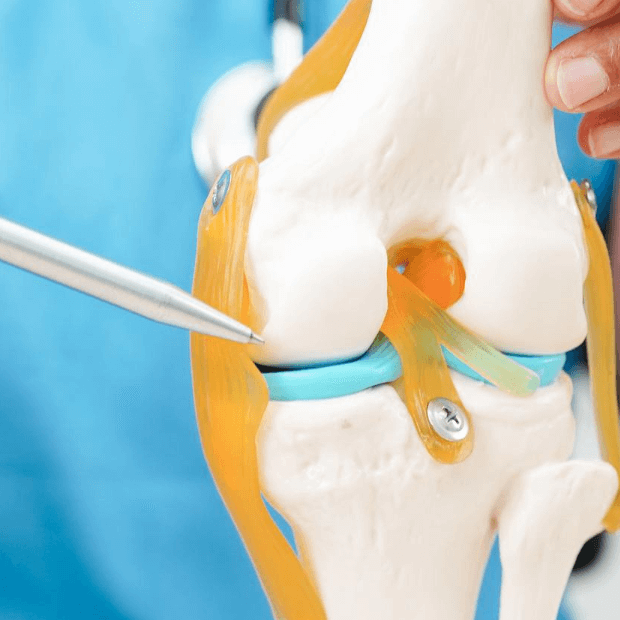
Meniscal Root Repair
Meniscal root repair is an advanced arthroscopic procedure performed when the posterior root of the meniscus is torn. The root plays a crucial role in anchoring the meniscus to the tibia and distributing forces across the knee joint. When it is damaged or detached, the meniscus loses its function, leading to excessive joint loading, rapid cartilage wear, and early onset arthritis. Unlike meniscectomy, which removes the damaged tissue, root repair focuses on restoring the meniscus to its native attachment, thereby preserving its natural shock-absorbing capacity.
During surgery, the torn root is mobilized and secured back to its original position on the tibia using specialized techniques such as transtibial pull-through sutures or suture anchors. This allows the meniscus to heal in place and regain its function. Meniscal root repair not only relieves pain and restores stability but also significantly lowers the risk of arthritis progression by restoring normal knee biomechanics.
Meniscal balancing
Meniscal balancing is a specialized arthroscopic technique performed to restore the normal contour and function of the meniscus, particularly in cases where irregular tears, degenerative fraying, or mechanical imbalance are present. Unlike meniscectomy, which involves removing a significant portion of the meniscus, balancing aims to preserve as much healthy tissue as possible by selectively trimming unstable edges and contouring the meniscus to its natural shape. This helps maintain the meniscus’s load-distributing and shock-absorbing role in the knee while preventing mechanical symptoms such as catching, locking, or painful clicking.
By creating a smooth and stable meniscal rim, balancing reduces the risk of further tearing and improves joint biomechanics. It is especially beneficial in degenerative meniscal injuries, where complete repair may not be possible but preservation remains crucial.
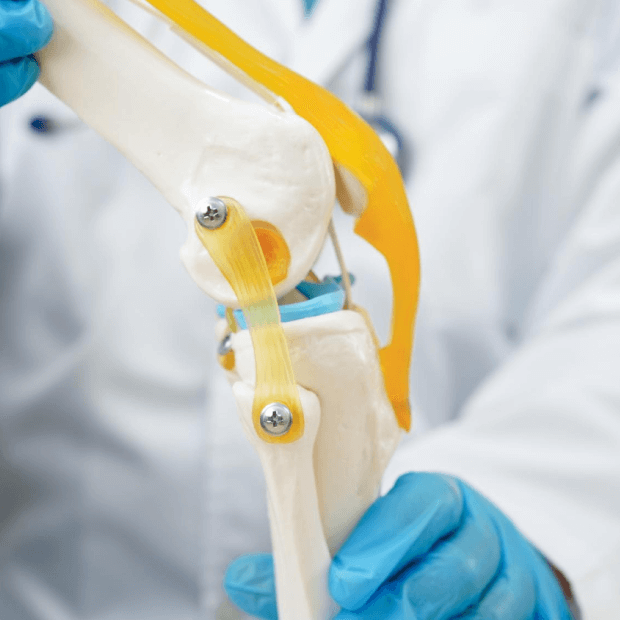
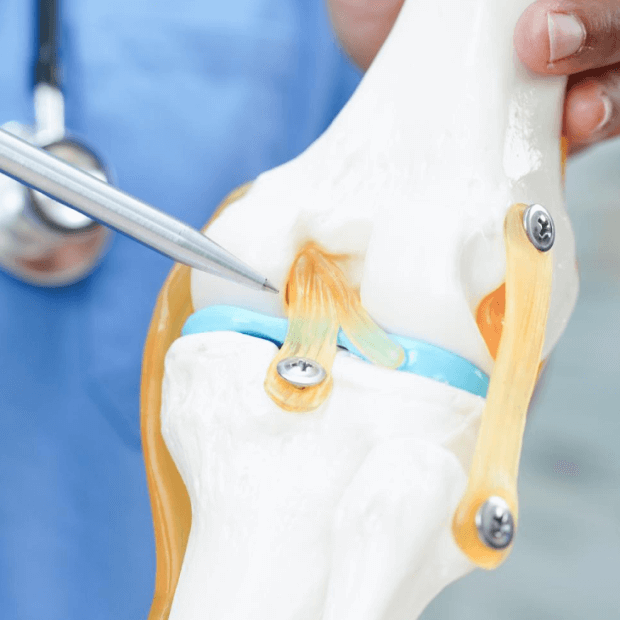
Meniscal transplantation
Meniscal transplantation is an advanced surgical procedure designed for patients who have undergone a total or near-total meniscectomy and continue to experience pain, swelling, or instability due to the absence of meniscal cushioning. In this procedure, a donor (allograft) meniscus—carefully matched to the patient’s knee size and anatomy—is implanted to restore the lost shock-absorbing and load-distributing function of the native meniscus. The goal is to re-establish joint biomechanics, reduce pain, and protect the articular cartilage from progressive degeneration.
This procedure is typically indicated in younger, active individuals who have persistent post-meniscectomy syndrome but do not yet have advanced arthritis. Arthroscopic or mini-open techniques are used to secure the graft, often with bone plugs or sutures to ensure stable fixation and proper integration with the surrounding tissue.
Parapatellar Release
Parapatellar release, commonly referred to as lateral retinacular release, is a surgical procedure performed to correct patellar maltracking and relieve anterior knee pain caused by excessive lateral pull on the kneecap. In this technique, the tight lateral retinaculum—a band of fibrous tissue on the outer side of the knee—is carefully incised or released arthroscopically to allow the patella to realign more centrally within the femoral groove. This improves patellar tracking, reduces abnormal pressure on the cartilage, and helps alleviate pain during activities such as climbing stairs, squatting, or prolonged sitting.
The procedure is generally recommended for patients with symptomatic patellar tilt, recurrent lateral patellar compression syndrome, or instability that does not respond to conservative measures such as physiotherapy and bracing. When combined with rehabilitation, parapatellar release can enhance knee function and reduce discomfort.
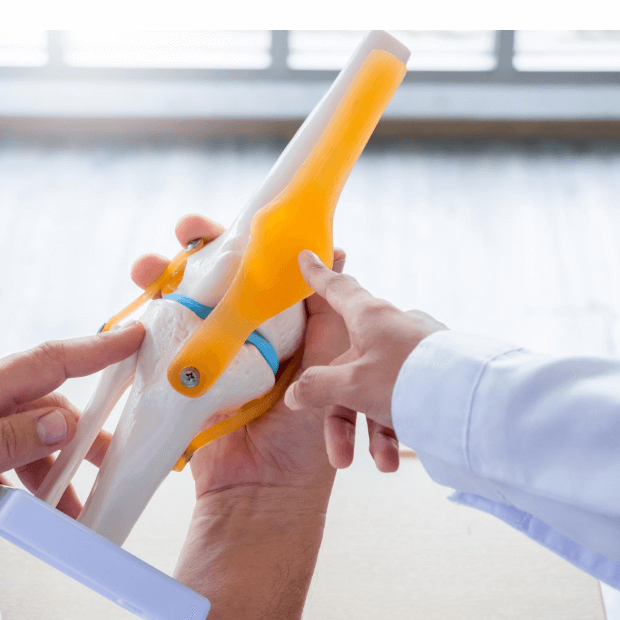

Cuff Repair with Patch Augmentation
Patch augmentation is used to strengthen rotator cuff repairs, especially in large or complex tears. A biological or synthetic patch is applied over the repaired tendon, enhancing healing and providing additional support. This technique improves repair durability, reduces re-tear risk, and ensures better long-term shoulder function.
Protecting Knee Health Through Meniscus Preservation

Joint Replacements
Advanced hip, knee, and shoulder joint replacements ensuring pain relief, improved mobility, and long-lasting recovery.
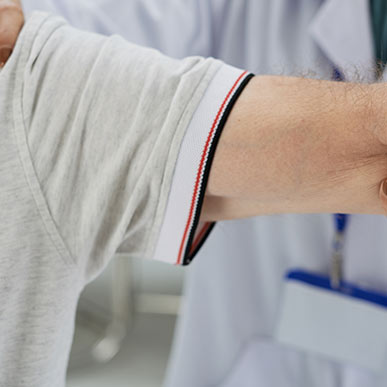
Arthroscopic Rotator Cuff Repair
MBBS, BPharm, FRCOG, FRANZCOG
Minimally invasive arthroscopic rotator cuff repair to relieve pain, restore shoulder strength, and improve mobility.
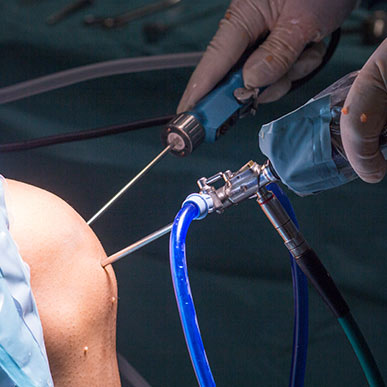
Arthroscopic Bankarts Repair
Minimally invasive arthroscopic Bankart’s repair to treat shoulder instability, restore joint stability, and prevent recurrent dislocations.
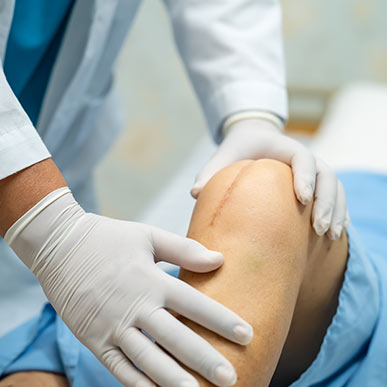
ACL Reconstruction
Advanced ACL reconstruction surgery to restore knee stability, support active lifestyles, and prevent future joint injuries.

Meniscal Repairs
Arthroscopic meniscal repair to preserve knee function, relieve pain, restore mobility, and prevent long-term joint damage.
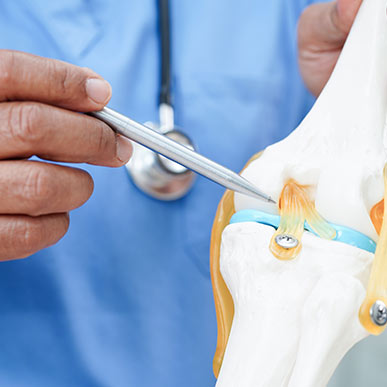
Cartilage Surgeries
Specialized cartilage surgeries to repair joint damage, reduce pain, restore mobility, and protect long-term joint health.
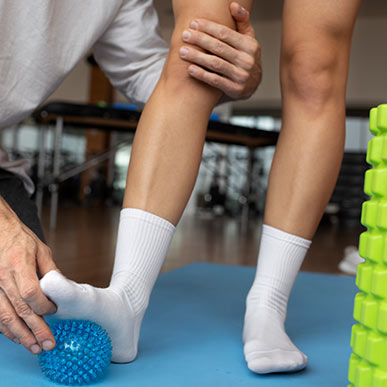
High Tibial Osteotomy
High tibial osteotomy surgery to correct knee alignment, relieve arthritis pain, and preserve natural joint function.

Endoscopic Carpal Tunnel Release
Minimally invasive endoscopic carpal tunnel release to relieve wrist pain, restore hand function, and improve mobility.

